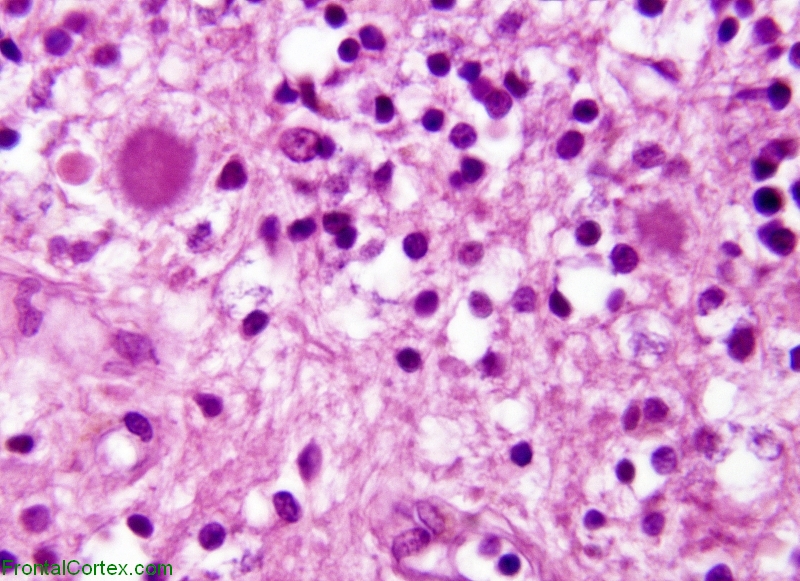Mission
The iCross-Cultural Citizen Project is a cultural anthropology course-based project meant to raise critical consciousness about the rich cultural diversity in our indigenous world. Being totally aware of the limitations of being outsiders, we are a group of multidisciplinary undergraduate students who believe in cross-cultural sensitivity and participatory agency aimed at disseminating information about indigenous realities are accurately as possible.
Vision
The iCross- Cultural Citizen Project's vision is to create an online cross-cultural space for students, professionals, and youth to learn and exchange cross-culturally sensitive information about contemporary indigenous experiences. Fro that outsider student's perspective, we will try to theoretically explore possible collaborative solutions to problems that affect the indigenous populations of our planet. Finally, we hope for the future creation of a space where indigenous youth can share their experiences and their realities with us for a real mutual collaboration to take place.
Values
Values
- We Value the maximization of benefits to indigenous peoples and other vulnerable populations in the world.
- We value the respect for persons all over the world.
- We value the equal treatment of people, and we are against the exploitation of vulnerable groups around the world.
- We value collaborative cross-culture learning and critical thinking.
Background Information
He Korowai people were discovered in 1974 by an anthropologist named Peter Van Arsdale.
Towards the late 70’s Dutch missionaries started to live amongst the Korowai in order to convert them. While extremely difficult they were able to convert a few Korowai tribesmen. The Korowai (during the expedition) were noted for their cannibalism. They live in tree houses which have become a popular tourist destination.
The increased amount of tourism has led to the decrease in cannibalistic practices due to the desire for revenue. Many of the Korowai are extremely fearful (and scornful) of Westerners. These members will threaten to kill outsiders and refer to white men as laleo (ghost demon). Michael Rockefeller (son of Governor Nelson Rockefeller) went missing around the same area the Korowai live during an anthropological expedition. He was searching for artifacts for another tribe when he disappeared. His body was never found and it is believed that he may have been captured and eaten by the Korowai. Kuru (a prion disease) is prevalent amongst the Korowai and many Pacific island tribes.
He Korowai people were discovered in 1974 by an anthropologist named Peter Van Arsdale.
Towards the late 70’s Dutch missionaries started to live amongst the Korowai in order to convert them. While extremely difficult they were able to convert a few Korowai tribesmen. The Korowai (during the expedition) were noted for their cannibalism. They live in tree houses which have become a popular tourist destination.
The increased amount of tourism has led to the decrease in cannibalistic practices due to the desire for revenue. Many of the Korowai are extremely fearful (and scornful) of Westerners. These members will threaten to kill outsiders and refer to white men as laleo (ghost demon). Michael Rockefeller (son of Governor Nelson Rockefeller) went missing around the same area the Korowai live during an anthropological expedition. He was searching for artifacts for another tribe when he disappeared. His body was never found and it is believed that he may have been captured and eaten by the Korowai. Kuru (a prion disease) is prevalent amongst the Korowai and many Pacific island tribes.
Wikipedia
2013 Korowai People. Electronic Document. Date Accessed: 4 Sept 2013.
Geographic Location
The Korowai live in the South Eastern part of the western half of New Guinea. They have been in isolation until the 1970’s. Their tribes are located near major rivers. Their land is heavily forested and extremely mountainous as well allowing them to not only live in isolation but also have an ample amount of space and resources to live.
Wikipedia
2013 Korowai People. Electronic Document. Date Accessed: 4 Sept 2013.
BBC
2012 The Korowai Tribe. 7 min. YouTube video. 4 Sept 2013.
2012 The Korowai Tribe. 7 min. YouTube video. 4 Sept 2013.













